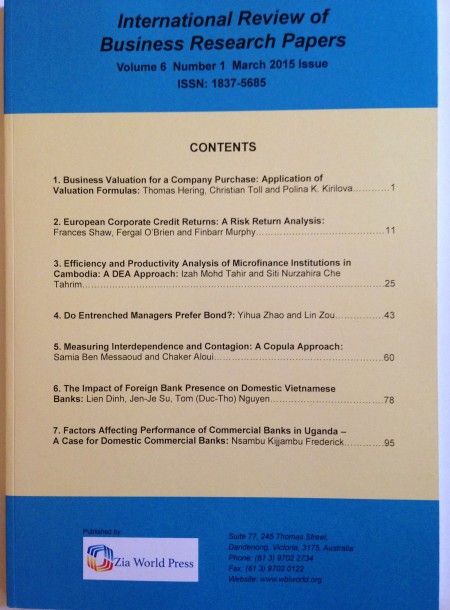The Efficiency of the Elementary Schools in Andorra. A Comparison between Different Educational Systems

International Review of Business Research Papers
Vol. 10. No. 2. , September 2014, Pages: 9 – 26The Efficiency of the Elementary Schools in Andorra. A Comparison between Different Educational Systems
The allocation of public resources is an important concern of developed economies in modern societies and there are many studies that aim at measuring their efficiency. This work presents an efficiency assessment of public elementary schools in Andorra, a small country where there are three public educational systems (Andorran, Spanish – congregational and non-congregational-, and French). Therefore, the aim of this study is to compare the efficiency of public elementary schools among the different educational systems existing in Andorra. The methodology used to measure the efficiency of the educational process is the DEA (Data Envelopment Analysis), a nonparametric frontier method, introduced by Charnes, Cooper and Rhodes in 1978. In this study the DEA technique is applied with bootstrap (Simar and Wilson, 2000), which corrects the bias by generating successive evaluations with changed data in order to obtain a new distribution of efficiency levels representative of the original (correct but unknown) distribution. Then, Li test (Li, 1996) is used to establish the comparison of efficiency results between different educational systems and identify which system is the most efficient. Results show a decrease in efficiency along the years and suggest that there are significant differences between different schools depending on their educational system. These results seem to confirm the benefits of decentralization in efficiency of schools.JEL Codes: C14, D61, H52 and I28
